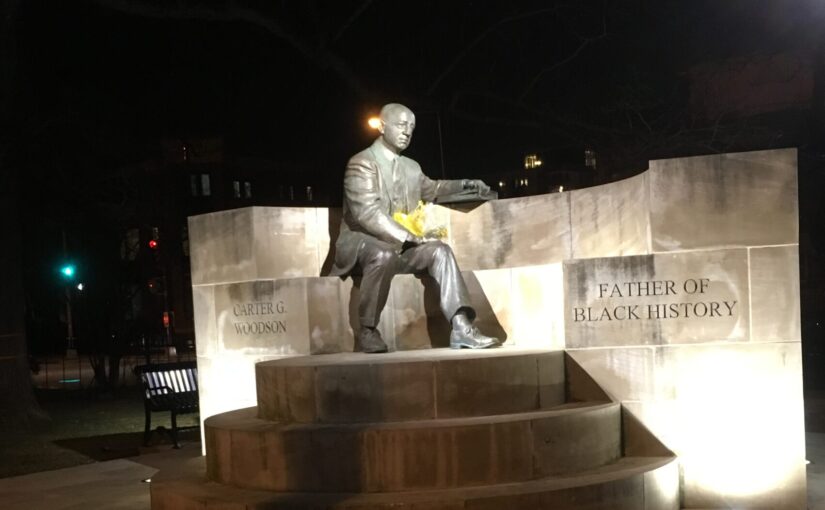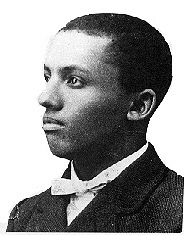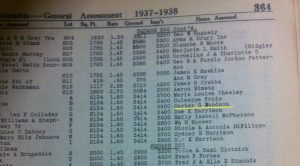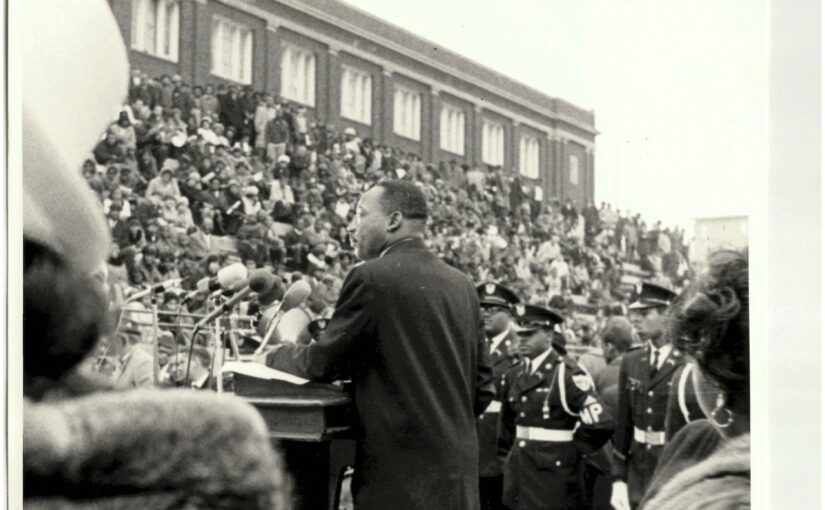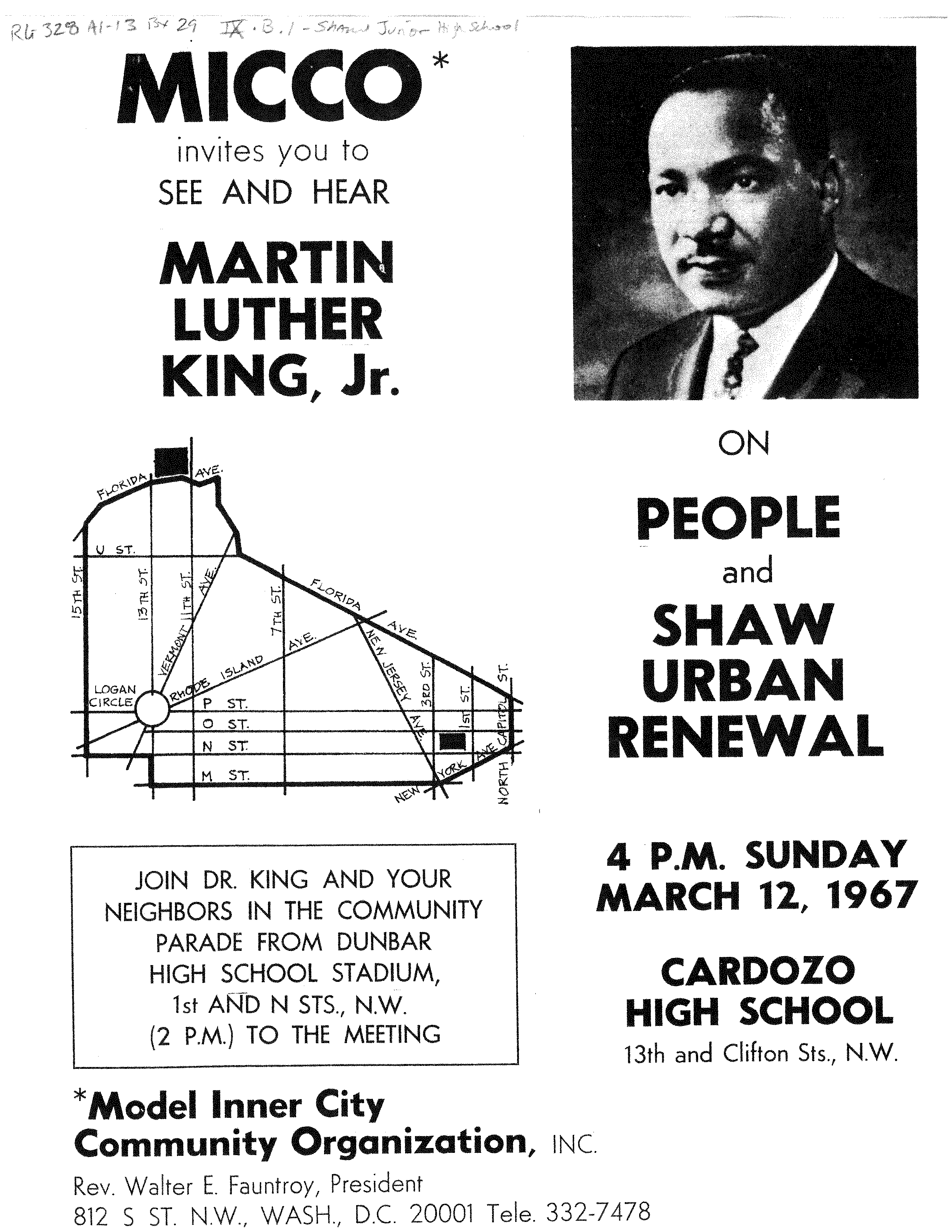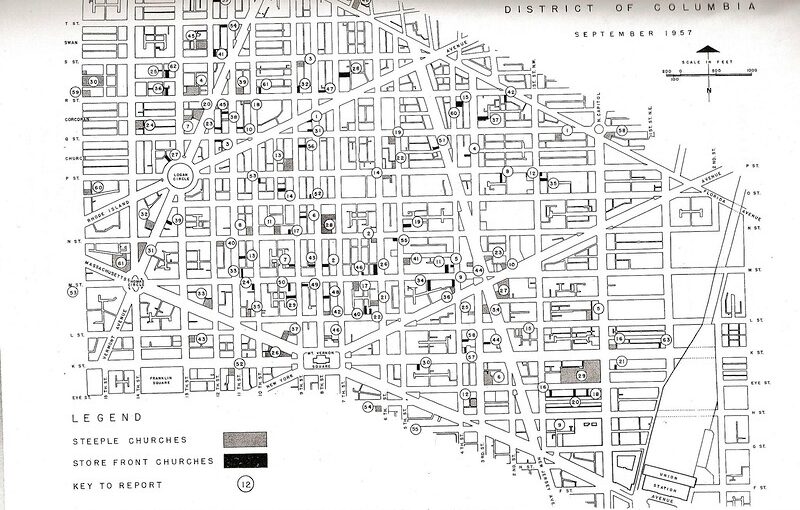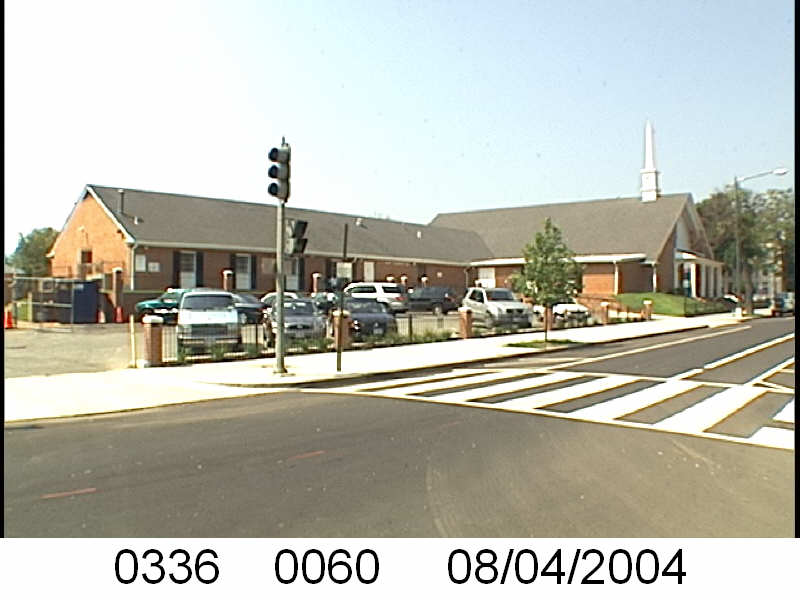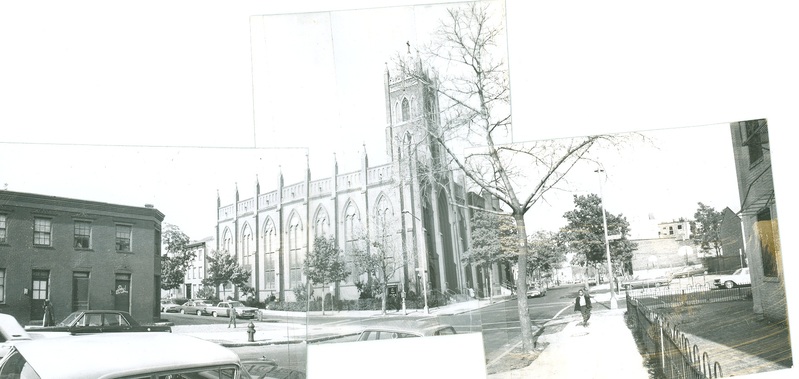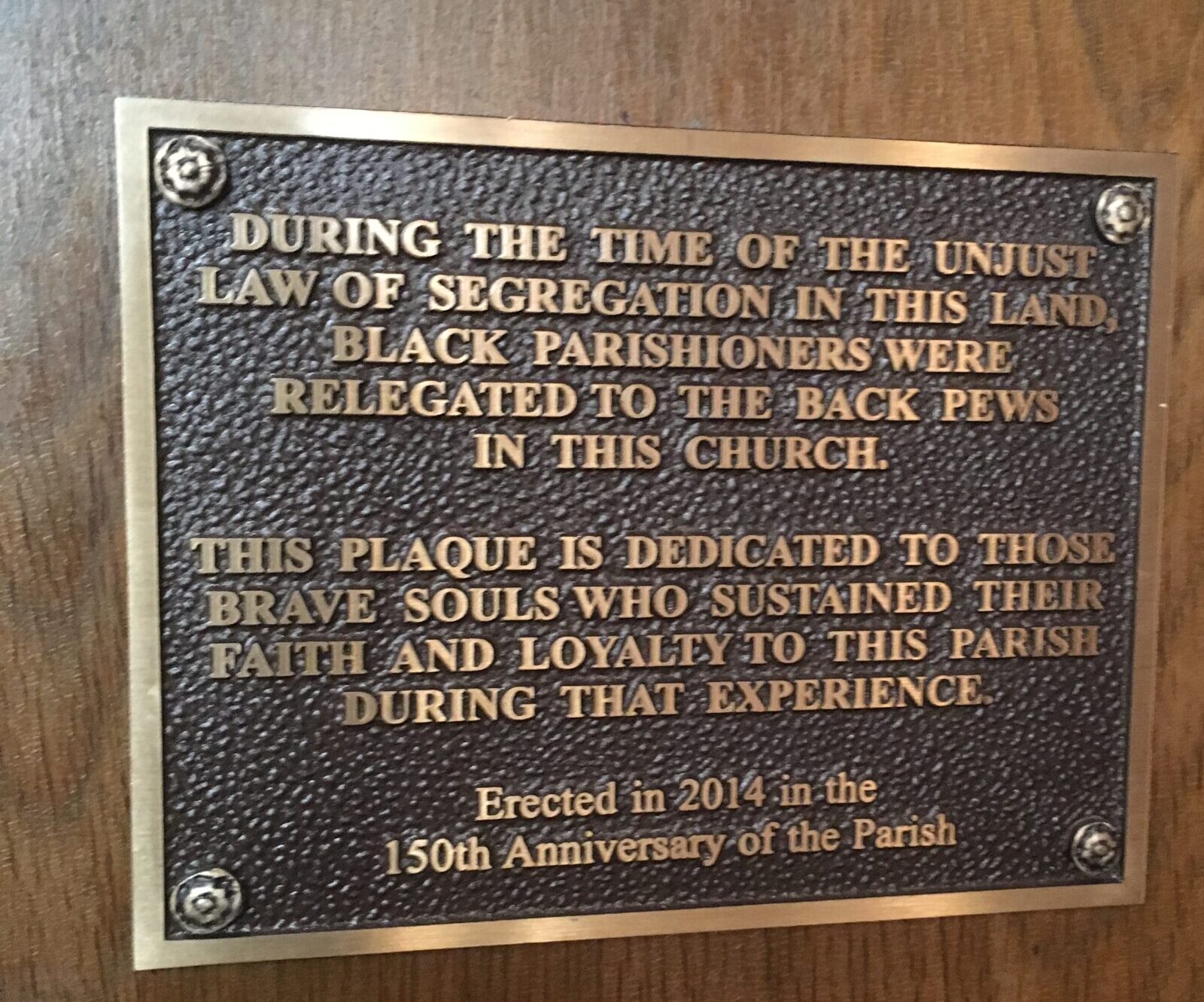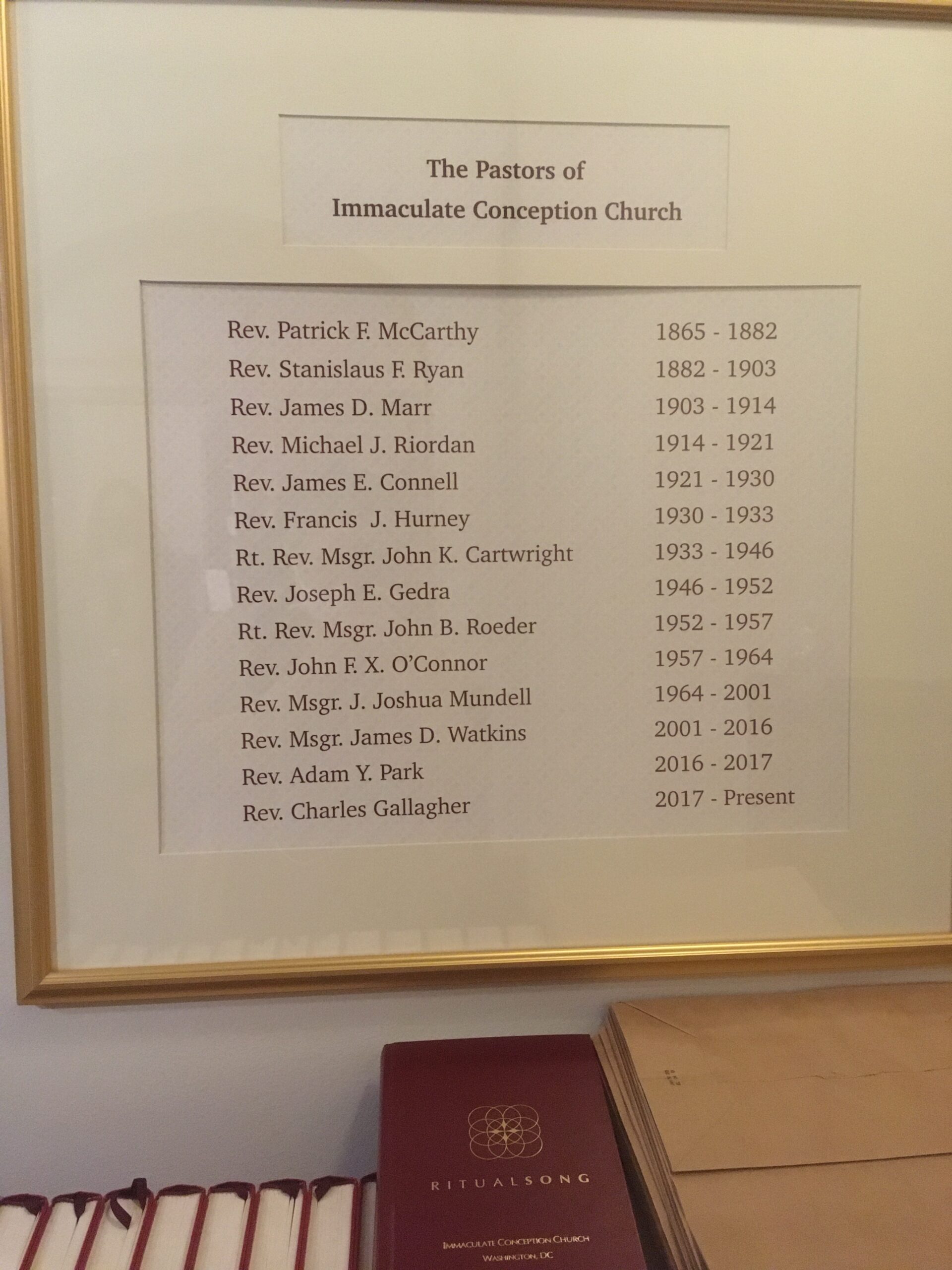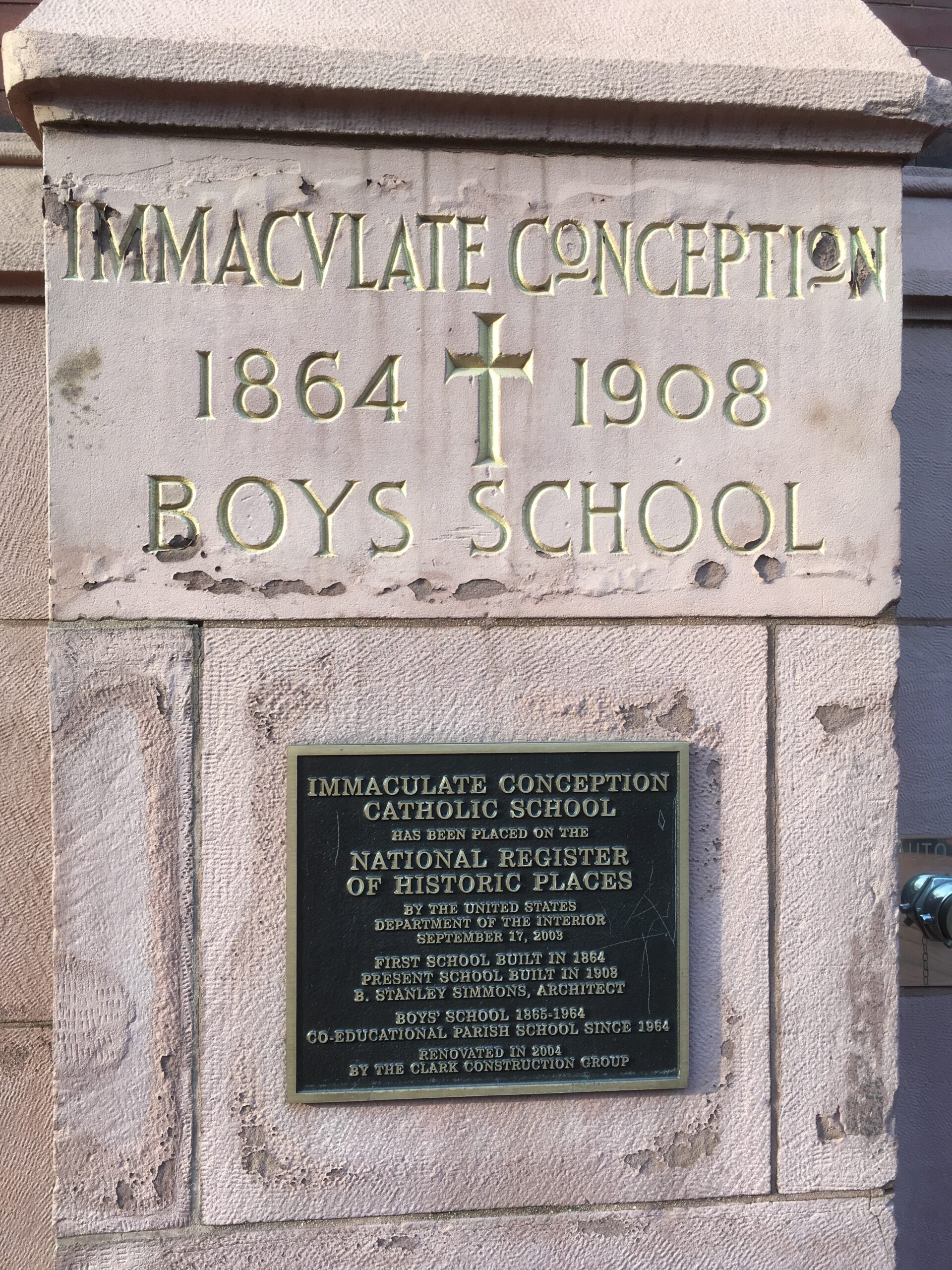This is a series regarding Shaw resident Carter G. Woodson’s book The Mis-Education of the Negro.
According to Ancestry DNA African American ancestors hail from Cameroon/Congo, Nigeria, and Ivory Coast/ Ghana, sub-Saharan parts of Africa. However, they didn’t have DNA tests in the 1930s, so Carter G. Woodson would not have known this. Even if he did, it probably would not have stopped him from being a booster for all of Africa.
So in this 3rd chapter Woodson is critical of the Eurocentric nature of history and other subjects being taught. His very valid points:
In geography the races were described in conformity with the program of the usual propaganda to engender in whites a race hate of the Negro, and in the Negroes contempt for themselves. A poet of distinction was selected to illustrate the physical features of the white race, a bedecked chief of a tribe those of the red a proud warrior the brown, a prince the yellow, and a savage with a ring in his nose the black the Negro, of course, stood at the foot of the social ladder.
However, there is a very practical problem. Literacy. Until someone literate shows up (usually to complain about you) your history is limited to the best guesses of the anthropologists. Failure to leave behind a written record of your culture, is your fault. Feel free to correct me in the comments, Continue reading Carter G. Woodson- Mis-Education of the Negro -Chapter 3: How We Drifted Away From The Truth

